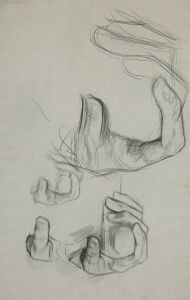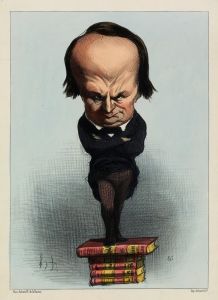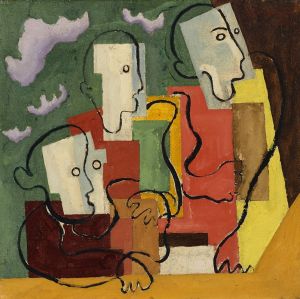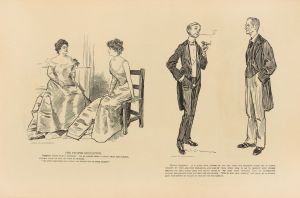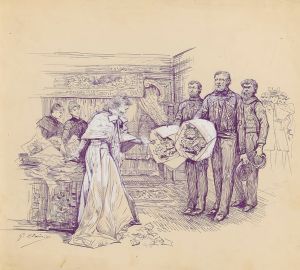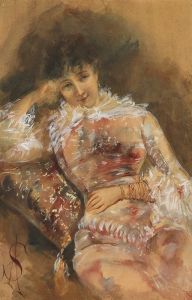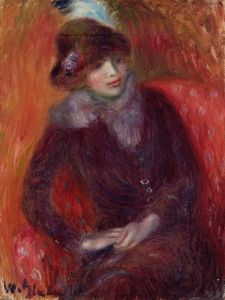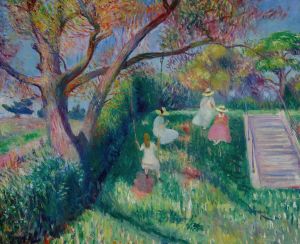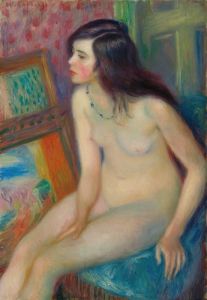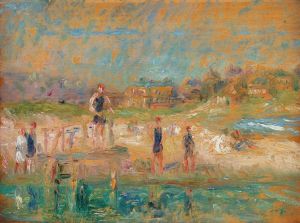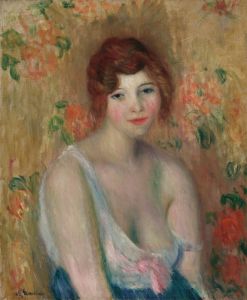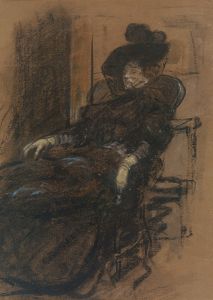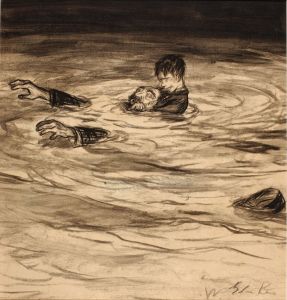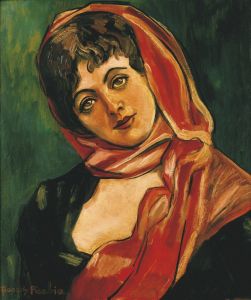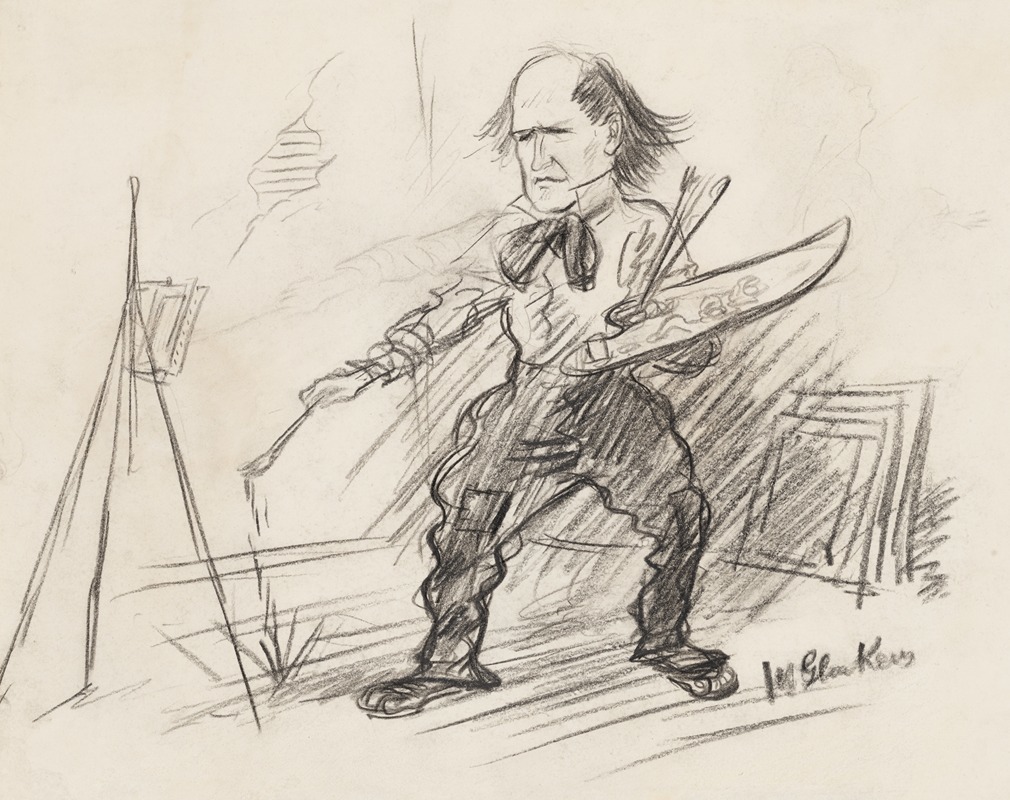
Charles Dana Gibson
A hand-painted replica of William James Glackens’s masterpiece Charles Dana Gibson, meticulously crafted by professional artists to capture the true essence of the original. Each piece is created with museum-quality canvas and rare mineral pigments, carefully painted by experienced artists with delicate brushstrokes and rich, layered colors to perfectly recreate the texture of the original artwork. Unlike machine-printed reproductions, this hand-painted version brings the painting to life, infused with the artist’s emotions and skill in every stroke. Whether for personal collection or home decoration, it instantly elevates the artistic atmosphere of any space.
"Charles Dana Gibson" by William James Glackens is a notable portrait that captures the likeness of the influential American illustrator Charles Dana Gibson. Painted by Glackens, an American realist painter and one of the founding members of the Ashcan School, this artwork reflects the intersection of two significant figures in American art history.
William James Glackens (1870–1938) was known for his vibrant and lively depictions of urban life and his role in the Ashcan School, a movement that sought to portray the everyday realities of American city life in the early 20th century. Glackens was a contemporary and friend of Robert Henri, another prominent figure in the Ashcan School, and together they contributed to a shift in American art towards more realistic and socially conscious themes.
Charles Dana Gibson (1867–1944), the subject of Glackens' portrait, was a celebrated illustrator best known for creating the "Gibson Girl," an iconic representation of the idealized American woman at the turn of the 20th century. The Gibson Girl became a cultural phenomenon, symbolizing beauty, independence, and social grace. Gibson's work appeared in numerous publications, including Life magazine, where his illustrations gained widespread popularity.
The portrait by Glackens likely captures Gibson during a period when both artists were active in the New York art scene. While specific details about the creation of this portrait are limited, it is reasonable to infer that Glackens, known for his skillful use of color and keen observation of character, would have approached the portrait with an intent to convey Gibson's personality and status as a prominent figure in the arts.
Glackens' style often involved a loose brushwork and a vibrant palette, characteristics that might be reflected in this portrait. His ability to capture the essence of his subjects made his portraits particularly engaging and insightful. Although primarily known for his urban scenes and depictions of leisure activities, Glackens' portraits remain an important part of his oeuvre, showcasing his versatility as an artist.
The relationship between Glackens and Gibson, both influential in their respective fields, underscores the interconnectedness of artists during this dynamic period in American art. While Glackens contributed to the development of modern American painting, Gibson's illustrations shaped public perceptions of beauty and femininity.
Unfortunately, detailed information about the specific circumstances of the painting's creation, such as the exact date or the context in which Glackens painted Gibson, is not readily available. However, the portrait stands as a testament to the mutual respect and recognition between two artists who significantly impacted American visual culture.
In summary, "Charles Dana Gibson" by William James Glackens is a portrait that not only highlights the artistic talents of Glackens but also commemorates the legacy of Charles Dana Gibson, whose illustrations left an indelible mark on American society. The artwork serves as a historical artifact, reflecting the vibrant artistic community of the early 20th century and the enduring influence of both artists.





